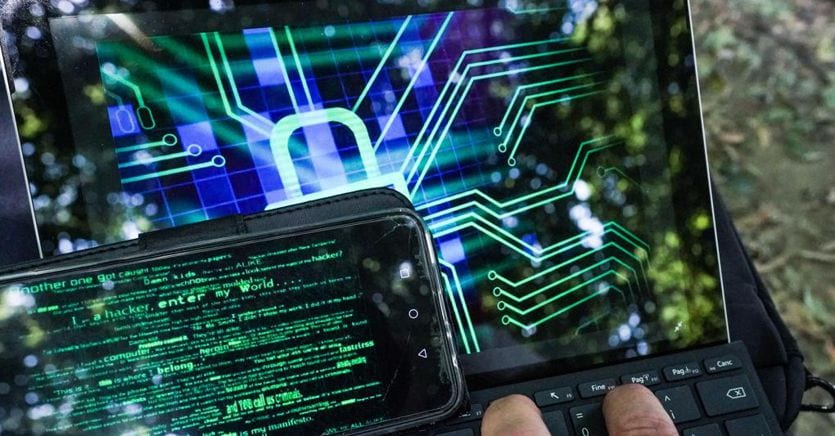E-commerce as a “highway” for producers and distributors of fake and counterfeit products. 56% of customs seizures carried out at the EU borders concern electronic commerce. A trend that analysts and operators of Made in Italy had already pointed out, but that also the European Agency for the protection of intellectual property (Euipo) is now putting pen to paper with the new Eiuipo-Ocse study, published yesterday, entitled “Misuse of e-commerce for trade in counterfeits».
And give
Analyzing the data of customs seizures of products at the external borders of the European Union between 2017 and 2019 (therefore pre-covid data that the exponential increase in electronic sales with the pandemic may only have aggravated) it emerges that most of the trade online worldwide takes place in mode business to business (from business to business), i.e. 82% of the total value, while the remaining 18% (2019 figure) takes place in the business to consumer (business to consumer).
56% of customs seizures carried out at the EU borders concern e-commerce. The countries of origin and the methods of transport of counterfeit products are also analyzed, with parcel delivery services dominating all customs blocks at the EU borders. China is in first place with over 75% seizures of counterfeit products, followed by Hong Kong at 5.7%, Turkey (5.6%) and Singapore (3.3%). China is also the dominant country of origin when evaluating the value of counterfeit products purchased online, with a share of 68 percent.
Total seizures of e-commerce-related fakes include a wide range of products, primarily footwear (33.7% of total detentions), clothing (17.3%), perfumes and cosmetics (9.6%), articles in leather (8.7%), electrical machinery and equipment (6.5%), toys (5.5%) and watches (5.2 percent).
However, if we take the ranking of counterfeit products ordered by the share of stops relating to online purchases, we see that more than 7 out of 10 products among those seized, in the perfumery and cosmetics, pharmaceutical products and eyewear sectors, are online purchases.
The problem of “small hills” is (still) growing
It was already a growing phenomenon. And it is still growing with the explosion of online purchases by small consumers. The boom in small-package trade provides companies with a means to ship directly to consumers (in the 2015-2019 five-year period alone, the traffic of packages increased by over 70%, reaching 21.3 billion pieces worldwide in 2019) but also a privileged distribution channel for counterfeiters and illicit trade networks. Because these small shipments reduce the potential losses associated with seizures. While counterfeit products shipped in container ships clearly dominate in terms of value, the sales route for small packages is growing and is the highest in terms of the number of seizures. If we consider the seizures carried out by the customs authorities relating to electronic commerce, more than 90% of the products are shipped to the EU using small packages.
